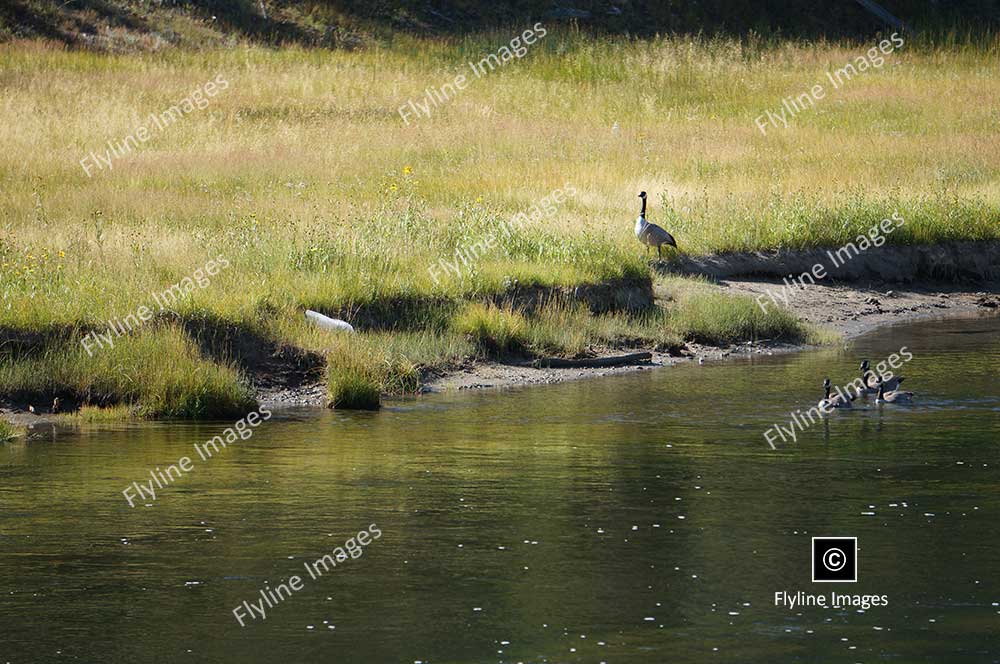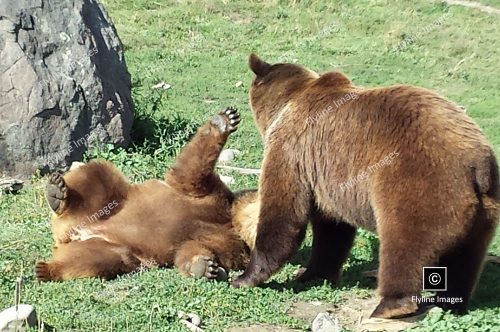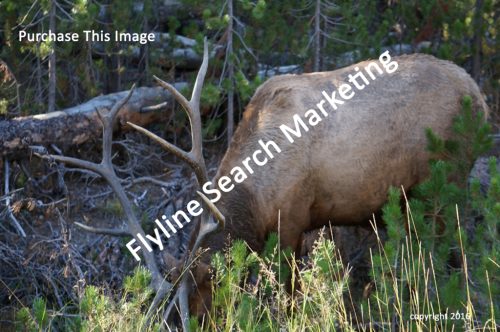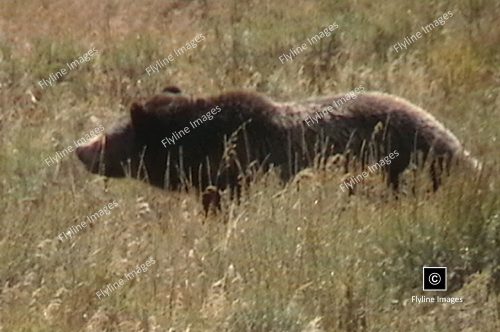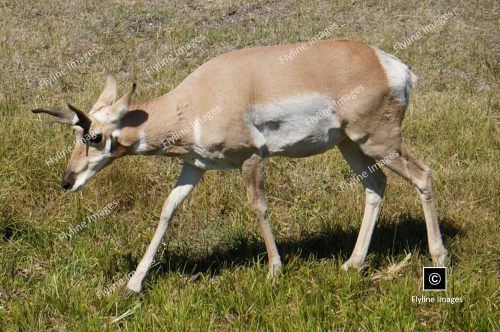Canadian Geese Feeding Along The Banks Of The Madison River
Madison River Geese
$5.00
Description
Purchase this photo of beautiful Canadian Geese. These Geese were feeding along the banks of the Madison River. This photo was taken in Yellowstone National Park.
Image & Download Information
For this product, we have provided 3 image size options, Large 4000 x 2500, Medium 2000 x 1250 and Small 1000 x 625. When you purchase this photo, you will receive an email confirmation of your order. That email will summarize your purchase and provide you with the download links for the images and videos you purchased.
WHY GEESE MIGRATE TO YELLOWSTONE IN THE SUMMER
Geese migrate to Yellowstone National Park in the summer to take advantage of the favorable conditions for breeding, feeding, and raising their young. The park’s vast wetlands, rivers, and lakes provide an ideal habitat for geese, offering an abundant supply of food and protection from predators. In Yellowstone, geese primarily feed on a diet of plant materials, including grasses, sedges, and aquatic plants found in the park’s freshwater ecosystems. This rich, natural food source helps to support their nutritional needs, especially during the breeding season when energy demands are high.
One of the main reasons why geese migrate to Yellowstone National Park is because it offers a safe haven for them to raise their young. The park’s vast and diverse terrain provides ample space for nesting and rearing goslings. Geese will typically lay eggs in early May, with hatching occurring in late June or early July. During this time, adult geese fiercely protect their nests and young from potential predators. This protective behavior is essential for the survival of their offspring, making Yellowstone an ideal location for geese to successfully raise their young.
Aside from providing a safe breeding ground, Yellowstone National Park also offers geese an ideal environment for molting. Molting is the process where geese shed and replace their old feathers with new ones. This typically happens in the late spring and early summer, which coincides with their stay in Yellowstone. The park’s abundant wetlands provide an ample supply of fresh water for geese to clean and maintain their feathers during this crucial time.
In addition, Yellowstone’s vast grasslands also serve as a significant wintering ground for migrating geese. As the colder weather sets in, many geese will fly south to find more favorable climates and food sources. However, some choose to stay in Yellowstone as the park’s mild winters allow for year-round survival. The geese that remain in the park during the winter rely heavily on the grasses found in the meadows and valleys to sustain them through the colder months.
Overall, Yellowstone National Park plays an essential role in the life cycle of geese, providing them with a safe and abundant habitat to breed, raise their young, molt, and winter. As one of the most iconic national parks in the United States, it continues to be a vital destination for both wildlife enthusiasts and migratory birds like geese. By understanding the reasons behind geese migration to Yellowstone, we can better appreciate the park’s significance and strive to protect it for future generations to come. The coexistence of geese and Yellowstone National Park is a beautiful example of how nature works in harmony, showcasing the importance of conservation efforts for both wildlife and their habitats. So, we must continue advocating for the preservation of this unique ecosystem to ensure that geese and other migratory birds can continue to thrive in Yellowstone for generations to come.
Additional information
| Purchase Image | Purchase Image For Your Use |
|---|


